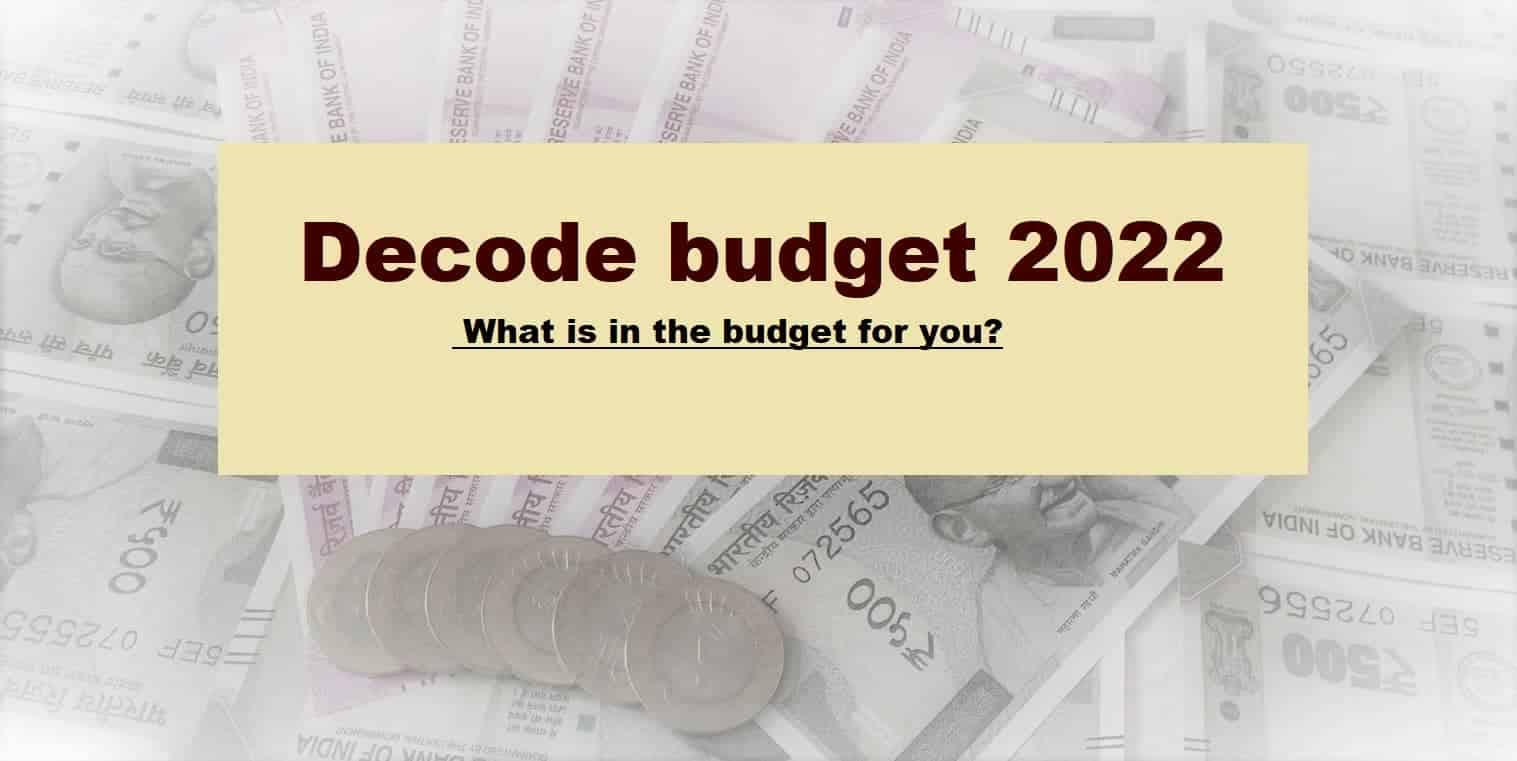Decode of budget 2022: Pros and Cons
Growth is a priority of Indian budget 2022 but the calculations are puzzling, know how and what else.

On decode of Indian Union budget 2022, it has some pros and cons. Highlights suggest that Dalal street is welcoming government’s inclination towards growth. NIFTY buoys by 237 points.
What are the pros of budget 2022?
- Taxes in the budget remain as before. Though there are some minor alterations. Swaminathan S Anklesaria Aiyar holds that tax stability is a virtue in any economy.
- Rise in capex is an encouraging move for the growth of economy. It will increase private investments, generate job opportunities, and production.
- The budget gives importance to stimulus to pandemic stricken. It is in the backdrop of rise in global inflation and fiscal deficit at 6.9% which is above FRBM (Fiscal Responsibility and Budget Management) target. So, it seems that priority is growth over and above fiscal consolidation. Fiscal consolidation is introduction of policies to reduce government debts and deficits. Such fiscal and monetary policies usually stagnate growth.
What are the cons of budget 2022?
Along with pros, there are some cons in the decode of budget 2022.
- Disinvestment is sluggish. The target disinvestment is ₹1.75 trillion. While the actual disinvestment is merely ₹78,000 crore. The underperformance of asset sales is left without explanation or any measures. It may act as a hurdle in raising ₹6 trillion for National Monetisation Pipeline from an announcement of last year.
- Economists note the figures in the budget are confusing. It is because the budget is assuming inflation between 2.8-3.1% with real growth between 8-8.5% to result in a nominal growth of 11.1%. While, there are no measure for inflation. It is currently as high as 5.4%. (Nominal growth= real growth + inflation)
- For agriculture sector, DBT under PM Kisan yojana remains at ₹6,000. The price of urea will not change as per the budget. Although it has increased significantly globally. This may lead to an increase in subsidy bill.


